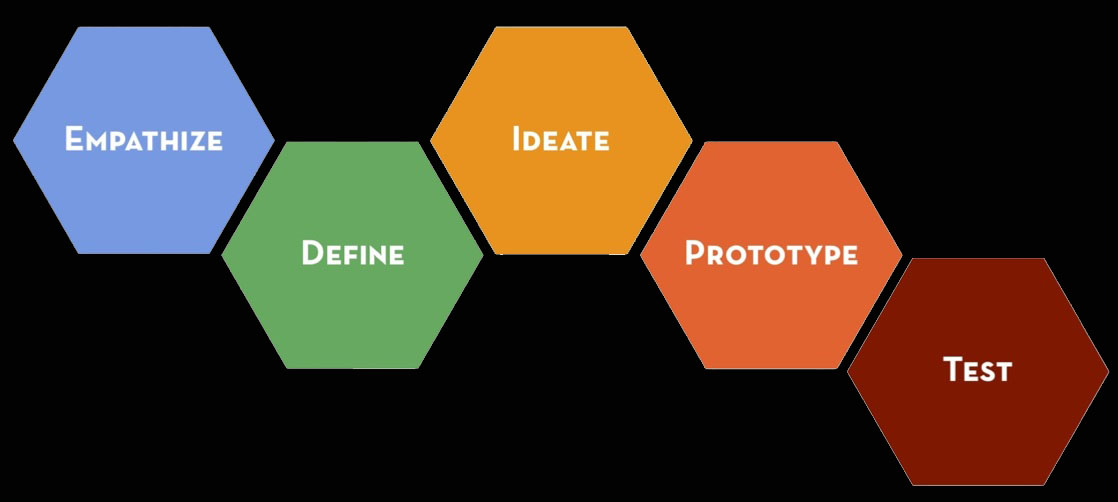Water Design Project
SIATech San Diego has once again challenged students by using the Stanford Design Thinking Process with the Water Design Project. The objective of this project was to construct a flotation device to travel the length of the canal as quickly as possible. As William Lidell once stated in the The Universal Principles of Design: "The best designers sometimes disregard the principles of design."
In this two day Water Design Project, students formed groups and were able to reflect on the teams strengths and weaknesses based on the first day trials. Some of the questions they asked themselves included:
- How did my group work together?
- How can we work more effectively tomorrow?
- What were my strengths and weaknesses as a member of my team?
The second day gave students a students a chance to adjust and improve on their techniques based on what they learned from the initial testing. Students were then able to reflect on the second and ask themselves:
- How did your device do? Are you happy with the result?
- How did your group function compared to yesterday?
- Looking back, how would you approach this problem knowing what you now know?
In the end, the teams performed a Group Dynamic Analysis which asked questions like:
- What was the groups process?
- Did your group function effectively?
- If you were going to do this again tomorrow, how would you change your process?
- What techniques did or could improve the successful functioning of your group?
Students learn to design, test, analyze and adjust their strategies. Students also get a chance to get out of their comfort zone and work in groups and present ideas to their peers. SIATech San Diego uses the Stanford Design Thinking Process to give students a whole new perspective on how to approach problems and how to solve problems.
Stanford Design and Thinking Process
- EMPATHIZE:Work to fully understand the experience of the user for whom you are designing. Do this through observation, interaction, and immersing yourself in their experiences.
- DEFINE:Process and synthesize the findings from your empathy work in order to form a user point of view that you will address with your design.
- IDEATE:Explore a wide variety of possible solutions through generating a large quantity of diverse possible solutions, allowing you to step beyond the obvious and explore a range of ideas.
- PROTOTYPE:Transform your ideas into a physical form so that you can experience and interact with them and, in the process, learn and develop more empathy.
- TEST:Try out high-resolution products and use observations and feedback to refine prototypes, learn more about the user, and refine your original point of view.







